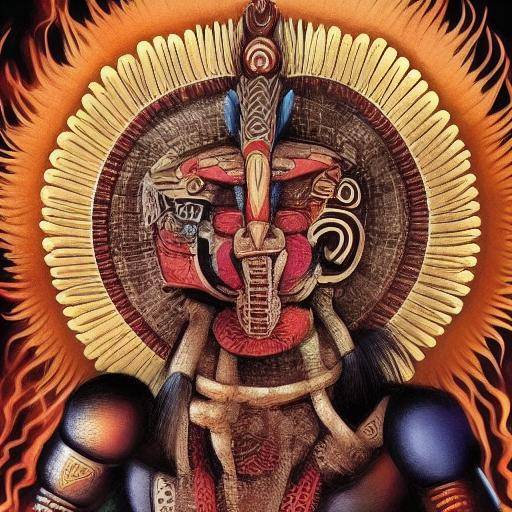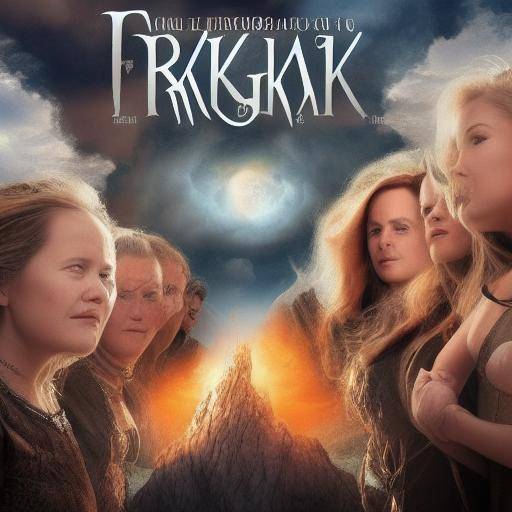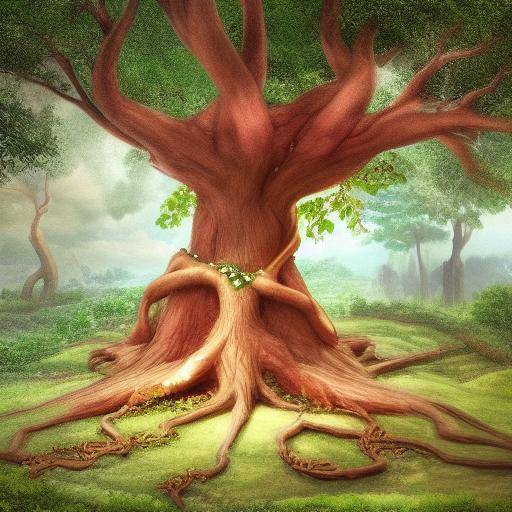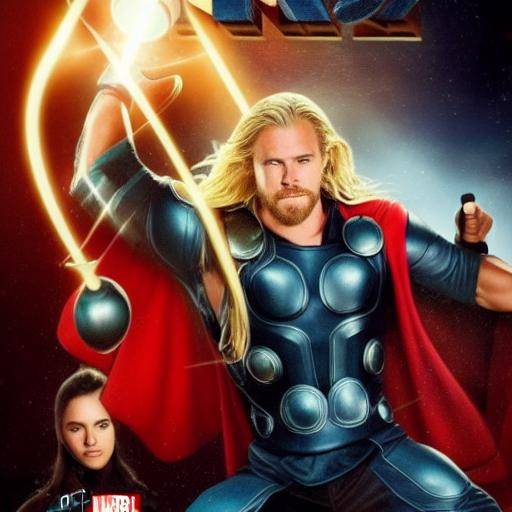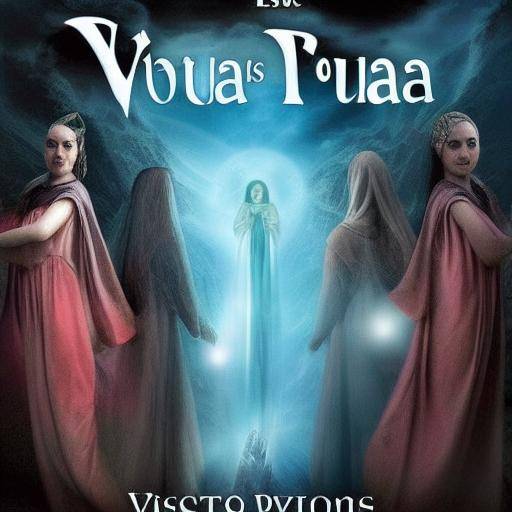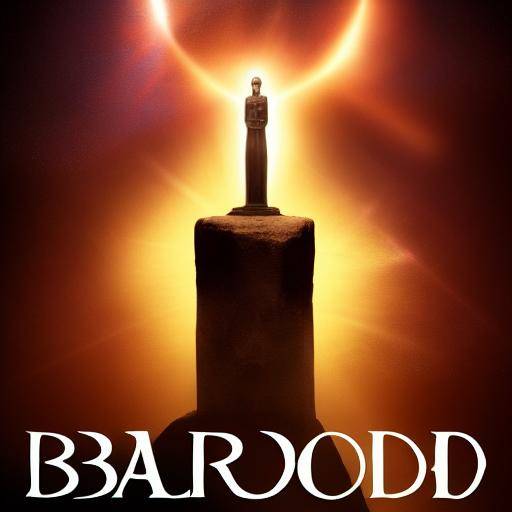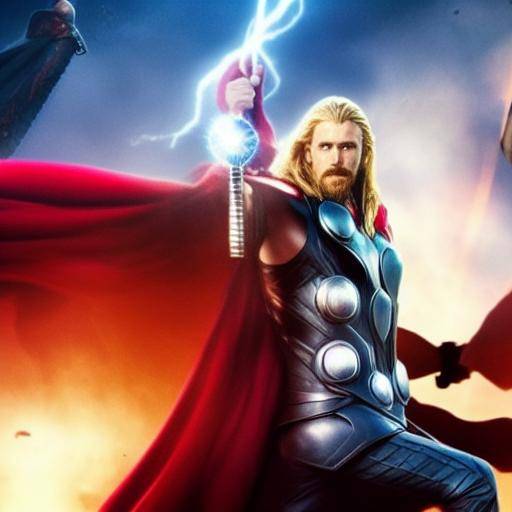
Nordic mythology is a vast and fascinating universe that has captivated millions of people over the centuries. Within this rich fabric of legends and deities, Thor's hammer emerges as one of the most powerful and emblematic symbols. In this article, we will explore in detail the history, power and myths surrounding Thor's hammer, as well as its relevance in Nordic mythology.
Introduction
The vast pantheon of Nordic gods is full of heroic and magical figures, but few are as iconic as Thor, the mighty god of thunder. Thor's hammer, called Mjölnir, is one of the most recognizable in Nordic mythology. Beyond being a simple object, this legendary weapon embodies power, protection and the implacable force of its carrier.
In this article, we will immerse ourselves in the rich tapestry of myths and meanings that surround Thor's hammer. We will explore its origin, its place in Nordic mythology, its power as a magic weapon, and also its impact on popular culture.
History and Background
Before we dive into the details of Thor's hammer, it is important to understand the historical and mythological context in which this weapon comes to life. The Nordic mythology, also known as Scandinavian mythology, is nourished by oral and written traditions dating back to the Middle Ages. Thor's hammer, one of the central pieces of this compendium of stories, is a symbol of great relevance in this mythology.
It is said that the hammer was forged by the dwarfs Sindri and Brokkr, who created this powerful weapon at the request of Loki, the crafty god. Mjölnir became the resource that allowed Thor to protect Asgard, the kingdom of the gods, and humanity from the threats of the giants and other evil beings.
Over the centuries, Thor's hammer has been the object of worship and veneration for those who follow the Nordic traditions, while his image has transcended borders to become a recognized symbol throughout the world.
Analysis in Deep
Beyond its mythological context, Thor's hammer has influenced many aspects of popular culture, from literature to cinema, video games and contemporary iconography. His symbolic power transcends the field of mythology, making it an object of desire and admiration for many.
In terms of its magical representation, Mjölnir has the ability to return to the hand of its carrier after being launched, as well as to call storms and protect its carrier against any evil. This magical aspect of the hammer has been explored widely in contemporary fiction, where the object retains its status as one of the most powerful and coveted weapons.
Exhaustive examination
While Thor's hammer represents a crucial part of Nordic mythology, its influence extends beyond that sphere. It has also been the subject of academic and philosophical scrutiny, with experts in comparative mythology and ancestral symbols exploring its possible roots and meanings.
Some scholars believe that Thor's hammer could symbolize fullness and protection, while others suggest that it represents the struggle against chaos and disorder. Moreover, his bond with the thunder god Thor makes him a symbol of strength and might.
Comparative analysis
Speaking of power, it is inevitable to compare the meaning and influence of Thor's hammer with other representations of magical weapons in different mythologies and cultures. Throughout history, cultures around the world have attributed power to specific objects, dothomed this translation

